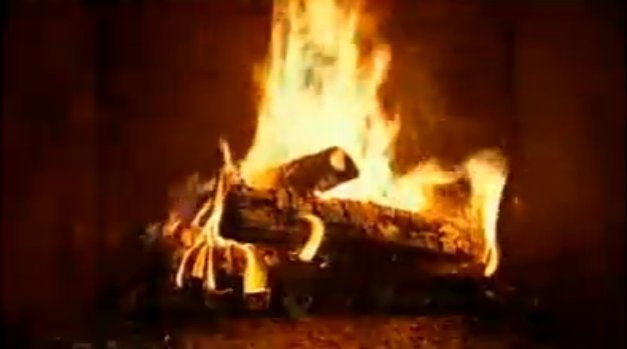
Its been more than three centuries since John Evelyn wrote the essay "Fumifugium: or the inconvenience of the air and smoke of London Dissipated" in which he was trying to convince the King to regulate wood burning emissions due to the air pollution it was causing in London. A century later Percival Pott, a surgeon from England linked cancer to wood burning. Yet the effects of wood burning are still quite large both in developed and developing countries. In developing countries it is more of an indoor air quality issue, as wood is used for both cooking and heating, and the carbon monoxide, particulate matter, and polycyclic aromatic hydrocarbons. In developed countries, where cleaner fuels and better combustion technologies are available, it is more of an outdoor air quality issue. Despite efforts in cleaning up industry, cars, trucks, buses, very few "romantic" users of wood burning are causing huge effects on air quality across many cities. In the U.S., for example, wood burning contributes to a surprising 33 percent of wintertime fine particles (PM2.5) in the Bay Area. In Denmark it is thought to contribute to 47 percent of all Danish PM2.5 emissions. In Santiago, Chile, wood burning accounts for 49 percent of primary wintertime PM2.5 emissions
Recently most Chileans were surprised with the fact that Santiago was not the most polluted city in Chile, but actually not even in the top 10. Many cities in Southern Chile, mostly only known to Chileans, have pollution levels that are 50 percent more than Santiago. This has led the government to prepare an ambitious program to overhaul old stoves, dry the wood, as this type of heating is saving the people thousands of dollars, but costing the government millions.
Despite worldwide efforts in implementing cleaner fuels, reducing emissions in the industrial sector, placing particulate filters in buses and trucks, switching to hybrid and natural gas buses, electric and hybrid cars, unless wood burning is addressed as a key contributor to air pollution, we'll be stuck with mediocre levels of air pollution. What's the point of spending money on all clean technology, when it is clearly more cost-effective to clean up residential wood burning?
Recently, the San Joaquín Air Pollution Control District (which manages the air quality for some of the most polluted cities in the United States) revised their wood burning ban rule 4901 to make it more stringent. The rule bans wood burning when PM2.5 is predicted to exceed 30ug/m3 (under the 35ug/m3 daily EPA standard). In the first year since it was implemented the results were remarkable, a 44 percent reduction in bad air days. In my years working in air pollution I've never seen a single measure with such effectiveness in reducing pollution.
What can we learn about experiences worldwide in reducing wood burning emissions? First off, that wood needs to be addressed officially as a fuel, and therefore regulated in its quality and sources. Green and wet wood both increased emissions, and reduces heating capacity. It also is linked to deforestation, as it is harvested as a heating source but not replenished. Changes need to occur in wood burning stove technologies, as more efficient stoves both burn cleaner, cause less indoor air pollution problems, and require less wood to generate the same amount of heat. And that in large cities, where a single stove can generate more than 1500 USD/year in environmental externalities, we should think about outright bans in wood burning. In Santiago 8 percent of the population uses wood burning stoves, yet contribute to 49 percent of the pollution. 71 percent of them are in the top 10 percent income bracket, since their large homes are too costly to heat due to their large size. Nighttime flow of emissions from the rich part of town causes this pollution to accumulate in the poor part of town, reaching over 120ug/m3 of 24h PM2.5 (almost 4 times the US standard). Indeed, wood burning is an environmental justice issue that can be solved easily with a ban of its use in Santiago.